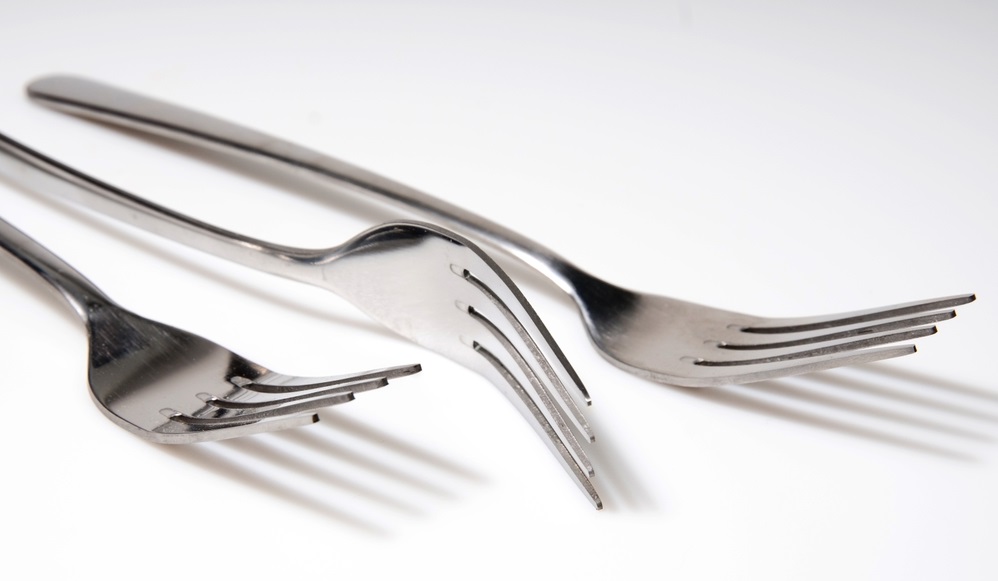We love to eat high-energy foods containing carbohydrate and protein. This preference has developed in the course of human evolution. Consuming these foods brings rewards in the form of flavours and smells. The sweetness of sugars in carbohydrates, and the savoury umami experience in proteins. But what about fat, the third major nutrient that is energy-rich?
Can humans smell fat, directly or indirectly? And can we differentiate between different degrees of fattiness in food? Chinese researcher Shuo Mu was awarded a PhD last week for a study on the ‘smellability’ of fat in food. The headline of this article gives away the answer: Yes, we humans can smell fat. Not directly, but though volatile compounds such as fatty acids, which are found together with fat in foods.
It won’t come as a surprise to many people that we can smell fat. After all, we can smell a doughnut stall a mile off. Fats are not volatile in themselves, but fatty acids are. Shuo demonstrated our ability to smell these by offering test subjects a series of three solutions. Two of these were dummies while the third contained fatty acids. Test subjects were consistently able to pick out the fatty acid solution.
What is more, test subjects link the presence of fatty acids with fat. But how does that work with actual foodstuffs? To find that out, Shuo experimented with milk and meat. ‘In the milk experiment, I investigated whether there was a smellable difference between three types of pasteurized and ultra-heat treated milk (UHT) from the supermarket. The milk varied in fat levels. The differences proved to be detectable by smell in the pasteurized milk, but not in the UHT milk.’
Long-life milk is heated over 135 0C for a short time to kill bacteria. Does that get rid of odour substances that we associate with fat? No, says Shuo. ‘They are still there, only they are masked or overshadowed by the strong odours of other substances that are created by the heat treatment. Two of these substance are acetoin and 2-heptanon. ’
Something similar goes on with meat, as shown by Shuo’s experiments with raw and cooked pork and beef with varying degrees of fattiness. Through oxidation and the reaction of protein with sugar, frying releases lots of new odours and flavours. Test subjects can still smell the difference between fatty and fat-free meat, but they have trouble estimating the exact degree of fattiness.
Fat is sometimes referred to as the sixth basic kind of taste, along with sweet, sour, salty, bitter and umami. Shuo’s findings tie in with that idea. Playing with fatty aromas could create interesting options, Shuo thinks. ‘For example, you could make low-fat or plant-based foods more appealing by adding a fatty aroma to them. You might even be able to influence eating behaviour with fatty aromas. But a lot more research is needed before that.’

 Illustratie Shutterstock
Illustratie Shutterstock 

